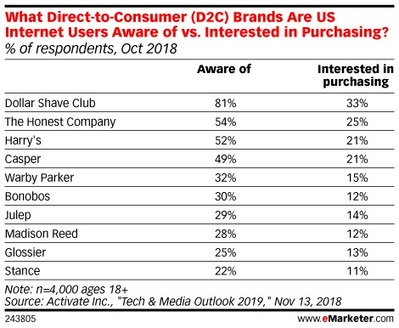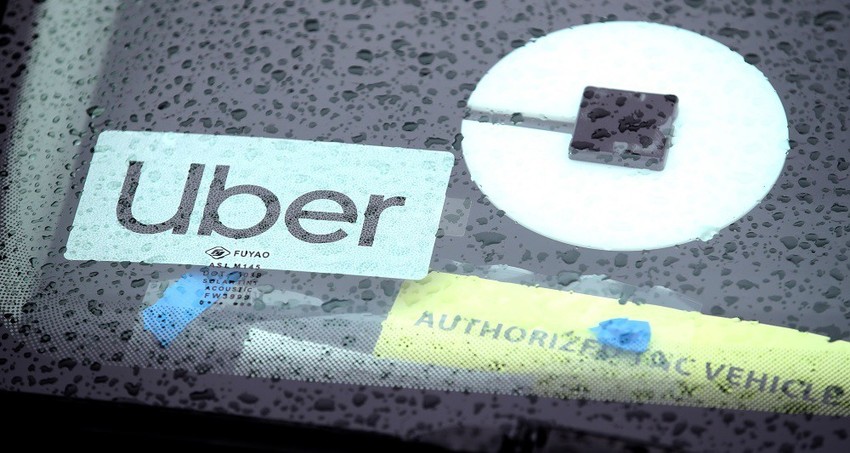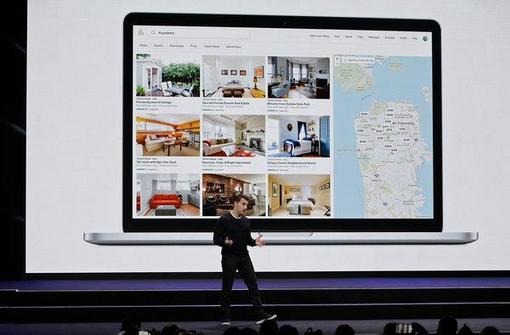GOP Strategist: Trump Just Won the 2020 Election | Opinion
The American people are tired of bullshit from politicians and the media. It’s why they elected Trump as their president. Over the past two years, they’ve received shovels full of bullshit from the Democrats and mainstream media pushing a false Russia conspiracy narrative. The amount of bullshit they’ve consumed over the course of two years would make anyone revolt. And revolt they will.Even so, Democrats in the D.C. bubble will likely proceed with continued investigations and eventually impeachment proceedings. This will be as successful for them as it was for Republicans with President Bill Clinton.Many Independents and moderate Democrats will no longer know who or what to believe. They were already being pushed away by the extreme socialist wing of the party. Some will join with Republicans in 2020, more will stay home. But the result will be the same: fewer Democrat votes.Across the aisle, Republicans are angry and fired up. They haven’t been this motivated since the Brett Kavanaugh hearings. This energy will not quickly fade. For more than two years, the enthusiasm grew as they were being told they were supporting a traitor, with constant misinformation and lies from the media they will not quickly forget.The Democrats and their bullshit hoax have ensured Trump’s reelection in 2020.








